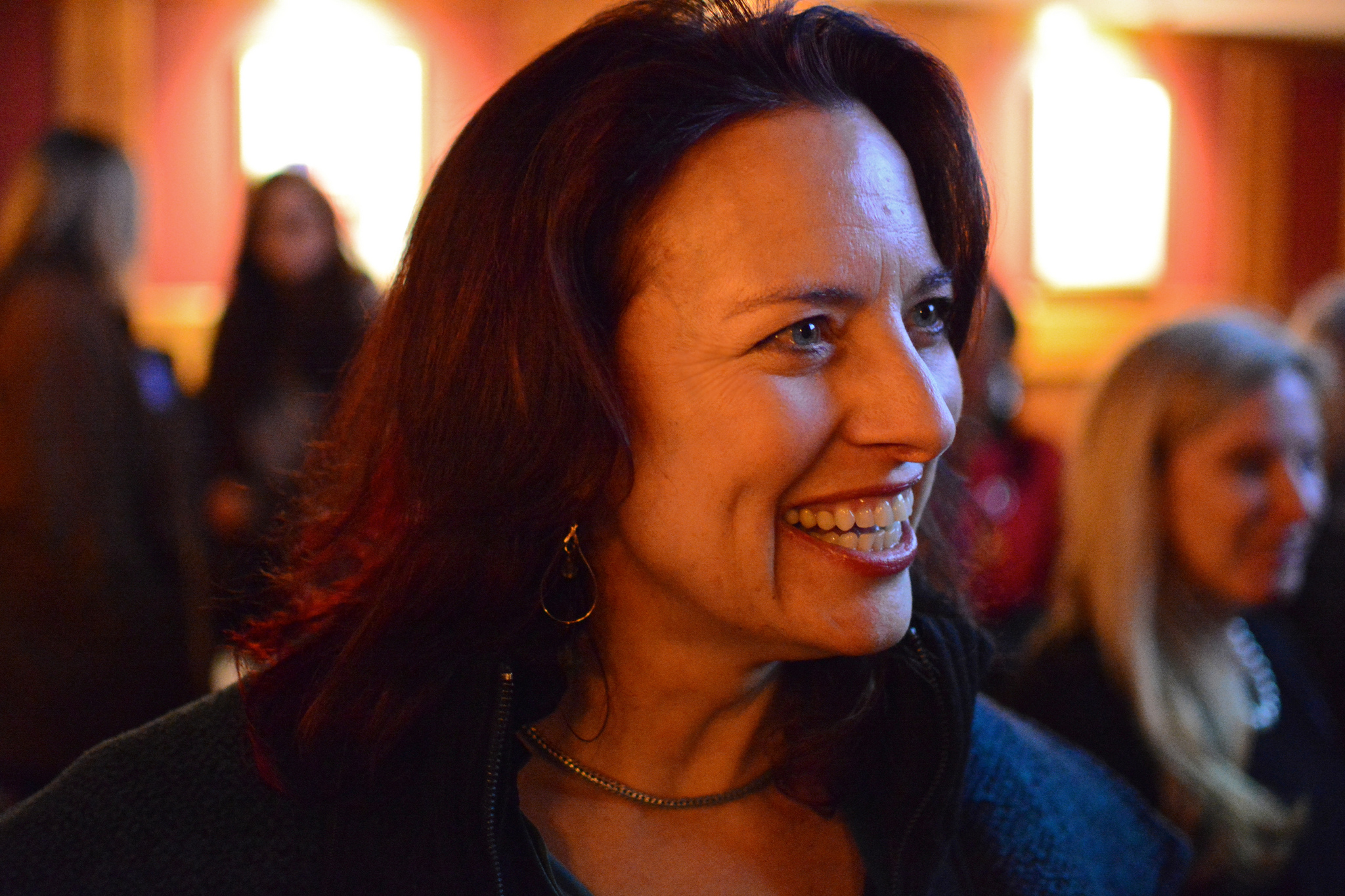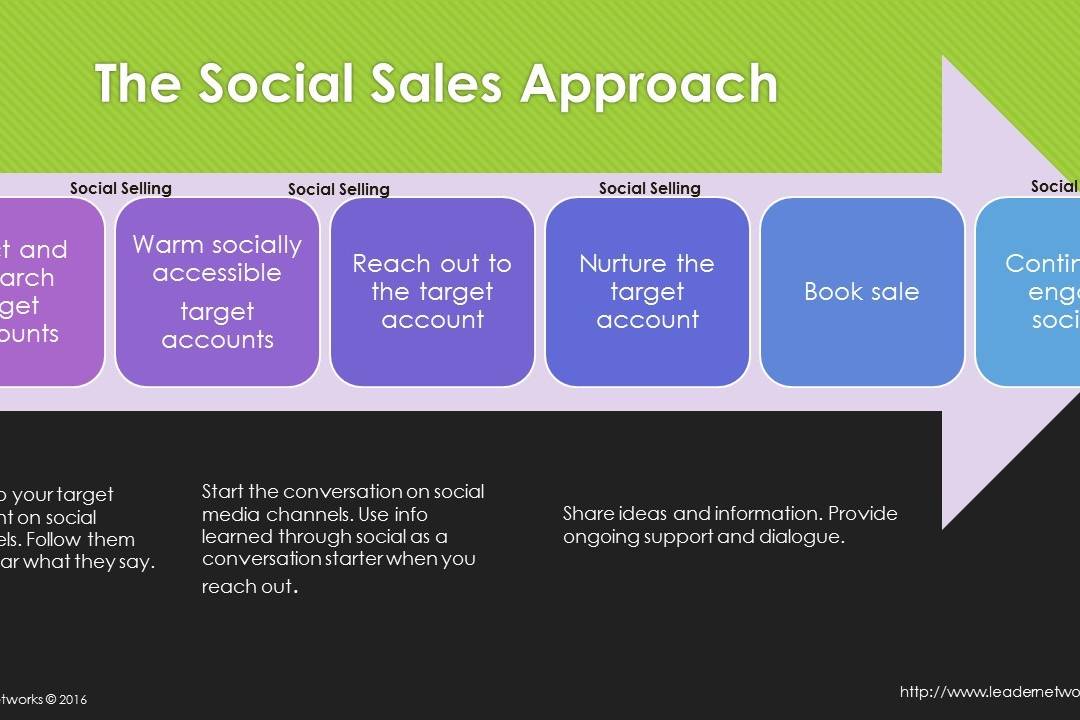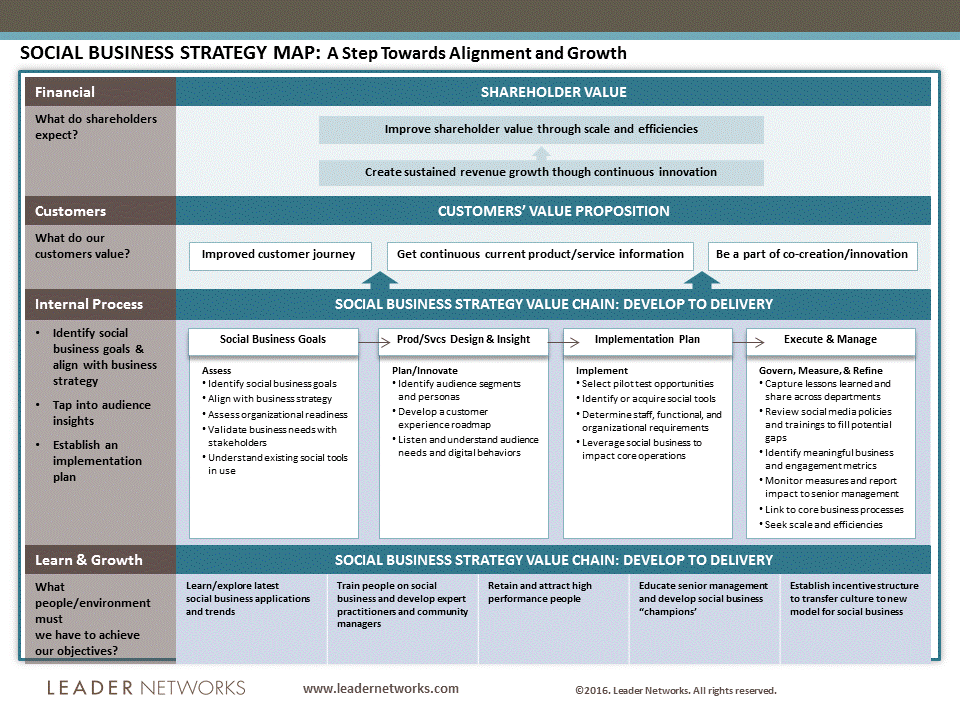As our summer fun winds down, we Marketers kick into planning season for Q4 and beyond. One of the biggest areas of focus these days is on Marketing technologies as enablers to the overall strategy. Given the wide and varied range of marketing technology, it is increasingly important to focus on the big picture and then find the right tools to support the mission.
To help enable holistic thinking, I have invited my colleague Lisa Nirell to share a guest blog post on the topic. She brings the “birds eye” view with her keen perspective and experience.
Lisa is the Chief Energy Officer of EnergizeGrowth®, helps companies such as Adobe, Microsoft, Infor, and Hilton generate fresh ideas on marketing strategy, revenue growth, and leadership. Lisa also hosts the exclusive Marketing Leaders of DC™ peer group and global CMO communities. She authored EnergizeGrowth NOW: The Marketing Guide to a Wealthy Company and the award-winning The Mindful Marketer: How to Stay Present and Profitable in a Data-Driven World.
And now over to you, Lisa…..
Marketers have more career choices and growth opportunities than they have in decades, and marketing, compared to other departments, is perceived as a hotbed for innovation. That’s the good news.
The bad news is that we’re focusing on one small slice of innovation and learning: marketing technology. If we focus too much energy on technology, what growth opportunities will we miss?
Many CMOs in my community feel downright deluged by the number of technology offerings and providers. The field of contenders continues to mushroom. In fact, the most recent Chief Martech technology landscape infographic shows that marketers can choose from over 1,876 cloud solutions. That number has doubled in the past 12 months.
Overwhelm isn’t the only consequence of this technology tsunami. I’ve discovered others. Do any of these happen in your organization?
1. Investing in “cool tools” before you document your essential processes. I have personally met several CMOs who cannot clearly articulate their lead generation, content management, or marketing automation approaches and have inherited a hodgepodge of automation tools. VentureBeat’s David Raab found that nearly 70 percent of marketers are either unhappy or marginally happy with their marketing automation software. In my search for root cause, I spent time with Margaret Rogers, the Senior Director of Digital Strategy at Celerity. She helps mid-market companies cut through the digital noise by defining a cogent digital marketing strategy and aligning closely with customers and IT.
Many times, clients tell Rogers “I’ve built a technical solution, but don’t know how to support it in the future.” Rogers and her colleagues developed a 5-stage Digital Maturity Framework to help companies clarify their current digital marketing strategy and map their future state. (You can download a portion of that conversation here). The Framework answers these essential questions:
- What are our digital capabilities today?
- What tasks does our organization want to achieve, and how will we measure success?
- What are the organizational and business processes required that will support those tasks?
- What technology is required to launch the framework? For example, will we need basic analytics, or more sophisticated predictive analytics?
2. Your omni-channel customer experience is a pipe dream. We all want our customers to enjoy a seamless shopping experience, whether they meet us in person, by phone, desktop, or with their mobile device. If you look at the entertainment industry for inspiration, it’s hard to ignore Netflix. Their 2011 DVD home delivery system strategy pivot demonstrated their keen understanding of changing buyer behaviors. Their now-defunct competitor, Blockbuster, realized too late that kiosks were not enough to delight and keep customers. Four years later, Netflix’s multiple shopping options, combined with their subsequent forays into streaming video and film production, prove their risky bet paid off.
Unlike Netflix, many companies still skip the basics. Nearly a third of the firms I research online cloak their phone number and email address. They force me to complete a form, even if I have a very simple question. They are usually the same companies whose “About Us” page gushes over their passion for customers. Is their VP of Marketing asleep, or being forced by some privacy wonk to hide this important information?
3. Privacy is treated as an afterthought or an “IT issue.”
Some companies are experimenting with the optimal mix of personalization, and failing. I recently attended a marketing conference booth in San Francisco, and registered to win an Apple watch. Within one week, the software provider sent me a valuable invitation to download a white paper, and I took the bait. Within an hour of my downloading the paper, a salesperson sent me an email requesting a phone appointment. For me, this personalization strategy felt downright creepy. At what stage does customer “touching” become Orwellian “groping?”
Scott Cuppari, Global Director of Marketing for Coca-Cola Freestyle, dances that fine line daily. The Freestyle computers (thinly disguised as stylish, sophisticated custom beverage dispensers) now exceed 30,000 across the globe. As a fellow speaker at the West Virginia University Integrate Conference, I asked him how he balances customer privacy with personalization. He addresses this in two ways. “We regularly ask customers what level of information they want to provide (in exchange for rewards), and include our Legal and IT peers in our product and marketing planning discussions.”
4. Strategy takes a back seat to busy work. A confident marketing leader is in search of one view of the truth. That truth appears in the form of behavioral and financial metrics. No matter where you land on the Digital Maturity Matrix, your number one focus is to develop a marketing culture that is aligned with the company’s top 3-4 goals. That requires you to commit to gathering and reporting on accurate and relevant customer and prospect data.
Sometimes software is the answer–but in other cases, wisdom and live customer conversations are more critical. The numbers tell a powerful story: my private CMO gatherings are always full. Adobe’s Digital Summit attracted over 6,500 people this year. Dreamforce’s conference planning team expects over 200,000 attendees this fall.
Based on your company’s strategic plan will help you identify your marketing strengths and weaknesses. In which areas are your capabilities most vulnerable to competitive attack or customer defection? Consider these functional areas once you have identified them. I have included some products within each category, and I have no financial ties to any of them:
- Analytics : Demandbase, KISS Metrics, Moz, Google Analytics
- Advertising: Demandbase, LinkedIn Ads, Google AdWords
- Content Strategy: Marketo, WordPress, LinkedIn Pulse, Salesforce Marketing Cloud, Adobe
- Content Management System: WordPress, Drupal, Joomla, ocPortal
- Marketing automation: Marketo, HubSpot, Oracle Marketing Cloud, Adobe, Act-On
- PR: BusinessWire, Cision, PR news, Outbrain, TrackMaven
- Contacts: LinkedIn, Hoovers, Salesforce
- Competitive intelligence: TrackMaven, Dow Jones, Digimind
- Market intelligence and outbound prospecting: Salesforce, LinkedIn, Datanyze, ToutApp, LevelEleven, InsideView
- Virtual events: On24, Citrix, Demochimp
- Business intelligence: Fliptop, InsightSquared
- Social: HootSuite, Gaggle AMP (pushes an alert whenever a new post is available so that your entire team can share across social channels)
- Team collaboration: Jira, Trello, 15Five, join.me
Don’t let the technology tsunami destroy your marketing momentum. Find ways to get your feet wet first by creating an “innovation reserves” budget. You’ll know when it’s time to paddle out past the reef.
This article originally appeared on Huffington Post.
Warning: Attempt to read property "base" on array in /home3/trusten9/public_html/leadernetworks/wp-content/plugins/wp-user-profile-avatar/shortcodes/wp-user-profile-avatar-shortcodes.php on line 665
Warning: Attempt to read property "base" on array in /home3/trusten9/public_html/leadernetworks/wp-content/plugins/wp-user-profile-avatar/shortcodes/wp-user-profile-avatar-shortcodes.php on line 665
Warning: Attempt to read property "base" on array in /home3/trusten9/public_html/leadernetworks/wp-content/plugins/wp-user-profile-avatar/shortcodes/wp-user-profile-avatar-shortcodes.php on line 665
Warning: Attempt to read property "base" on array in /home3/trusten9/public_html/leadernetworks/wp-content/plugins/wp-user-profile-avatar/shortcodes/wp-user-profile-avatar-shortcodes.php on line 665
Vanessa DiMauro
Internationally recognized independent thought leader on social business strategy and operations with a specialty in online community. I help organizations drive top line growth through innovative digital strategy design and thoughtful execution. I have successfully led 60+ strategic social business initiatives for the world's most influential organizations over my 20 years as a social business executive and serve on a number of boards. My award-winning track-record is fueled by passion, experience and research.
My work has been covered by leading publications such as the New York Times, the Wall Street Journal and CIO Magazine and was recently named a Social Marketing Master by Forbes. As a former Executive in Residence at Babson College, Olin School of Management, I am an engaging and informational educator and keynote speaker.
Related Posts
August 24, 2016
It’s Time To Get Serious About Social! A Guide for CMOs
Social media's value to CMOs for competitive advantage
April 18, 2016
Social Selling – Let’s Get a Few Things Straight
The first step to becoming an effective social seller is to understand that…




